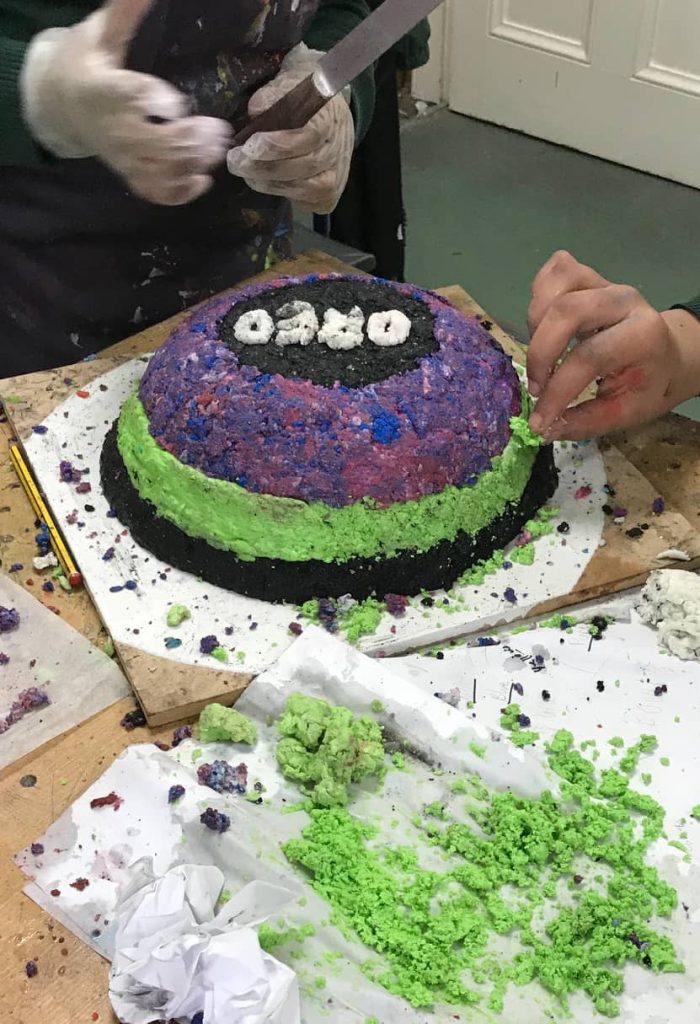Definition of ‘playful’ consists of (amongst many of course) ideas of: joy, cheerfulness, freedom, et cetera, but for me – most important – intuition and absurd. Intuition, as an individual surrenders to playful and reaction to play come from within, as a result of an inflow of stimuli, flow of thoughts and outflow of ideas, and absurd, as it fuels unexpected, contradictory, surprising, and in turn allows no restriction in aiming for outcome or no assumption of the outcome.
Specifically in design and architecture industries incorporating playfulness in teaching offers endless possibilites and immediate learning experience, as well as liberation from structures that quite often are rigid and enforce specific decisions that may not be up to date with current social climate.
The idea would be for the game to be purposeful and meanigful. Meaningful play involves games that have a clear goal or objective that players/students motivated to achieve, as well as games that provide players/stdents with a sense of personal fulfillment and visible progress. (more on play vs. game in next notes)
Meaningful play can be achieved through various means, e.g.:
– narrative storytelling,
– character development,
– challenges that require critical thinking and problem-solving skills
– creating environemtns for social interaction and collaboration.
2 methods of meanigful play:
Playcentric participatory ethnography (PPE) is a research methodology that combines elements of play and participatory ethnography to understand how people engage in playful activities and the meanings they attach to them. It involves active participation in play, observation, and collaborative interpretation of findings.

The Playful Personas method is a user-centered design technique that involves creating fictional personas that represent different types of users and their play behaviors. The method is used to gain a deeper understanding of how people play and what motivates them to engage in playful activities. By creating playful personas, designers can explore the different ways that people interact with products and services in a playful way. This method can be used to develop new products and services that are tailored to different play behaviors and preferences, ensuring that they meet the needs and desires of a wide range of users.
To embrace the meaningful play in students curriculum would be to organise interactive workshops as a base of and for teaching and facilitating opportunities for inward looking to reach for lived expericne to imagine possible outcomes.
